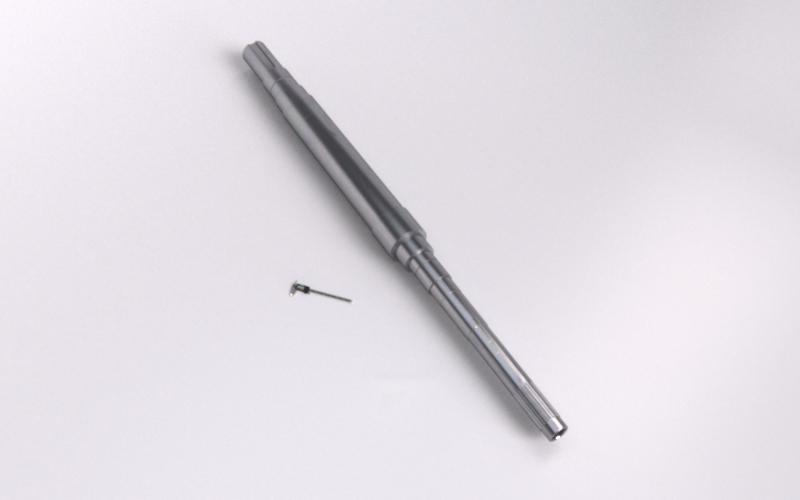
There is high demand for the manufacture of large axles, especially in the automotive, transport, aeronautics and energy industries, among others. Axles are mechanical elements which, by rotating, transfer movement to different parts. In the manufacture of electric motor axles, the use of powerful, robust large lathes is widespread and below we examine different aspects of the way they are made.

Firstly, what is an axle? An axle is an element used to transmit movement between two or more parts. In the case of the electric motor axle, it connects, in this case the rotor, with the element to be driven. Axles are cylindrical in shape and have a variety of characteristics such as grooves, keyways and undercuts for transmission (gears), etc. That is why they are very commonly made using CNC lathes because high precision chip cutting delivers very accurate geometric and surface finishes and tolerances.
When making axles, a variety of operations come into play, such as turning, milling, drilling or threading together with more specific ones for groves and gears like broaching, cutting and power skiving. The turning operation is the most basic, as it is used to make the cylindrical or conical shape of the part with high precision. Milling is used to manufacture keyways or grooves and normally this also requires the use of a driven tool. If holes are to be made in the part, the ideal operation is drilling which can be done on a large lathe. Finally, threading is the operation where threads are made on the axles themselves.
All the above operations can be carried out on a large CNC lathe and they can manufacture large, precise axles. Machining can be done on different materials like carbon steels or alloy steels, always guaranteeing tight tolerances for the part. For that reason, manufacturing electric motor axles on a lathe is a very good option because of the machine's versatility.
To manufacture axles for very long electric motors, you need large machines that are powerful and robust. In view of the different characteristic's axles may require (keyways, undercuts or grooves, etc.), the lathe is always the best option for making them. The machine's versatility enables turning, milling, drilling and threading operations with a single program, resulting in a very high-quality end product. Other key operations done on lathes, like broaching, cutting and power skiving enable the creation of specific geometries to transmit power such as keyways and gears. The fact of integrating all these operations in a single machine also means cost savings for companies.
Specifically, in terms of long bed CNC lathes the TD Z-55-Y-3200 is the best choice for making large axles. Large DOES NOT mean slow and these machines with beds of more than 2 or 3 metres between chuck and tailstock are ideal for machining large parts. In this type of parts which are so large, the use of tailstock and rest when machining is also very interesting, and these accessories can be easily integrated on a lathe in the TD Series. With its turrets with integrated motor and hydraulic clamping at 12,000 rpm, 105 Nm and 13 kW, large axles can be produced with great machining power. So, who said large meant slow?